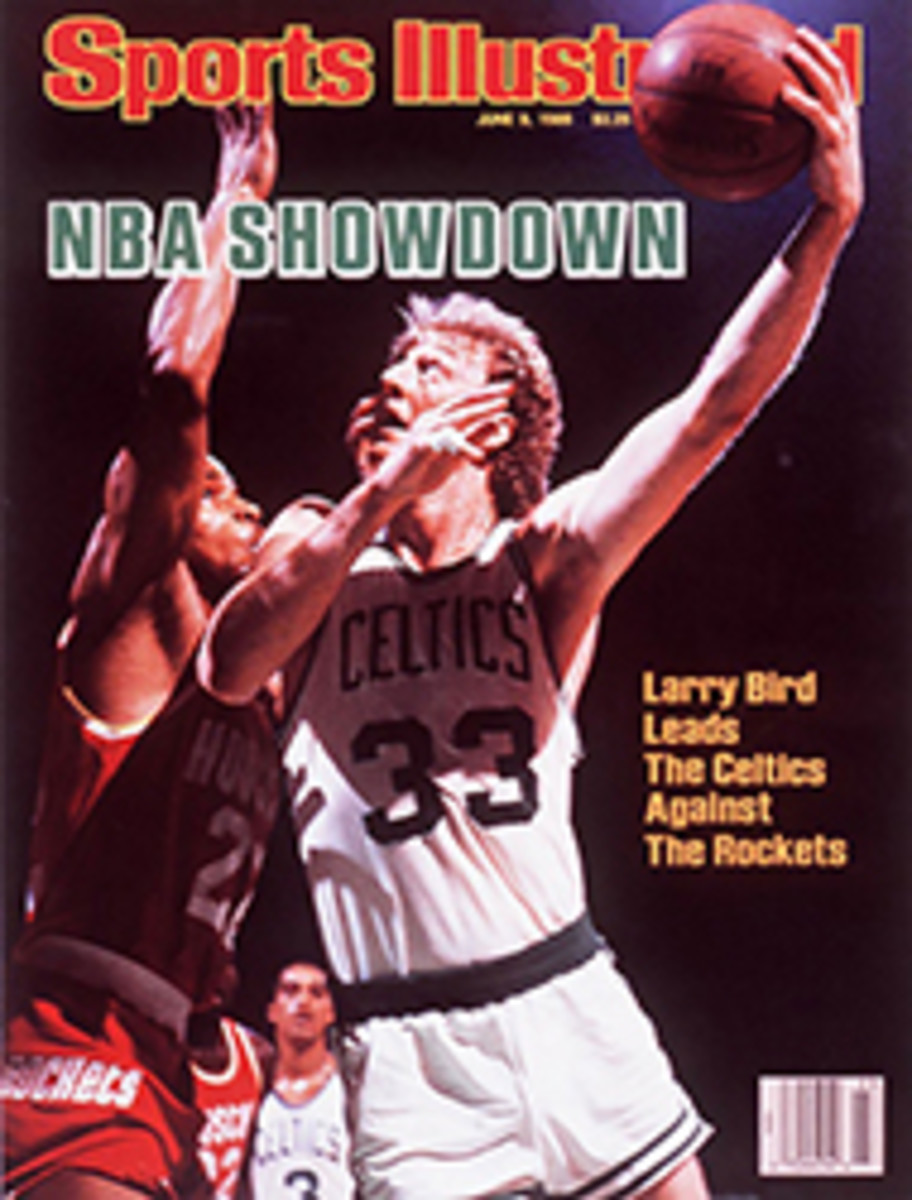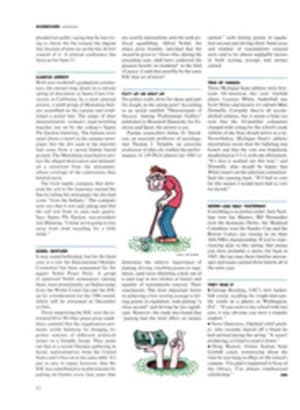
IN GENTLY FALLING SNOW, A HOMETOWN BURIES ITS LEGENDARY BOY OF SUMMER
The flags of North Dakota, by order of the governor, flew at half-staff on Dec. 19, the day they buried Roger Maris here in Fargo. St. Mary's Roman Catholic Cathedral suspended the Christmas season that day, taking down its giant Advent wreath so that the television cameras in the choir loft could get a better angle on the funeral proceedings below. Even the weather, operating under the direction of yet higher authorities, became moderately cooperative; after several days below zero the temperature climbed to six above, and a gentle, postcard-pretty snow fell, white and clean and peaceful.
Not many ifs, ands or buts about it, it was a major event up here, the burying of Roger Maris, and not just because many celebrated boys of summers past—a Mike (Shannon), a Mickey (Mantle), a Moose (Skowron), two Whiteys (Ford and Herzog), a couple of Bobbys (Richardson and Allison) and a Clete (Boyer)—had come to town to bear the pall and deliver the eulogy. Nor was it because of the reminiscences of middle-aged men, every third one of whom seems to have once played some sort of ball with or against Roger. No, it was more, something having to do with the realization that he was being buried here, that after all this time, all those days in the sun and nights under the lights, this frozen piece of earth perched on the near side of nowhere was still and always home.
Perhaps we have just assumed that major league stars were automatically interred in spring-training land—Florida, Arizona or somewhere summery. We assume a lot of things up here, many of them based on the premise that no one much knows we exist, or cares. Which is O.K. most of the time; we know it's good country, weather notwithstanding, but we don't expect anyone else to know. We've long since adjusted to living in flyover land, grown used to being patronized by short-term residents on their way to somewhere else. We stay and amuse ourselves by ticking off the names of those who have passed through—Bob Dylan was here a week or two, Dustin Hoffman a couple of months, Peggy Lee a year or more. They don't come back, but that's all right; we shrug and bow to the inevitable—talent never stays.
Which isn't true, of course. There are talents and talents; some flourish in the quiet places, and others where the spotlights shine, where all the glory is. And that isn't here, North Dakota being singularly short on spotlights and megaphones, and somewhat long on admiration for the effects those things can create. We make do with the quiet talents—the mechanic who knows at first hearing that what's in order is a minor adjustment, not a major overhaul; the piemaker at such and such a café; the trapper who could track a weasel across the asphalt of a shopping mall parking lot if he had to.
Still, because we're human, we tend to be mightily impressed with officially designated stars, people whose talents have been approved by experts from elsewhere. Maybe the significance of the Maris burial was that it somehow bridged the gap between "us" and "them." He was certainly one of them, the superb athlete whose gifts—strength, speed, stamina, grace and a dozen other things—were meant to bloom in a bigger garden with a longer growing season than we have around here. But still he was part of here. For years Maris had remained a distinct presence in Fargo—part extraordinary natural phenomenon, part myth and part something uniquely the region's own. As a kid he wandered down these streets, turned his collar up against the wind, went up against the best of them and did damn well. Never mind the Hall of Fame voters; never mind the fickleness of fans and scribes and pundits and various national know-it-alls. Never mind the reticence that was billed as truculence, the outdated crew cut, the old-fashioned life-style. When we get down to what it's all about, which we sometimes do at funerals, those things don't matter much; what matters is what has been done with what we had. And on those green fields of the earth where the good eye and the good swing and the good arm and the stout heart are all that count, Roger Maris excelled. And he came from here, and he came back here, and that is significance enough.
It was a big funeral, but not fancy. Old ballplayers, old fans, old friends; a Mass and the long ride out to the cemetery. In New York a few days later there was a memorial service at St. Patrick's Cathedral. At the end of the Mass, John Cardinal O'Connor called for applause; the crowd stood and clapped for a full minute, probably with more restraint than if the cathedral had been Yankee Stadium, but heartily, lustily even. It was a nice New York touch, but somehow it seemed to us that the soft snow on the quiet earth out here was a nicer touch.
ILLUSTRATION
JEAN FRANCOIS ALLAUX
Jerome D. Lamb edits "the small voice," a bimonthly newsletter in Fargo, N. Dak.

